goro’s Jewelry - The Yellow Eagle of Harajuku
From ‘Legend of Harajuku Goros, Volume 1’, scanned by ARCHIVE.pdf│© Kin Koyama
All scans in this article are provided by ARCHIVE.pdf
Japan is renowned for its impeccable craftsmanship, but only a rare few have dared to transform tradition into something entirely new, and succeeded - bending genres and setting a new standard. While often taking inspiration from American cultural movements, these craftsmen introduced Japanese artistry to the world in bold, unexpected ways. Think of what Toshikiyo Hirata did for jeans with KAPITAL or how Shinsuke Takizawa reimagined American motorcycle culture with Neighborhood.
Yet, tucked away in the alleys of Tokyo, one man’s spiritual journey was about to change the facade of Harajuku forever, becoming its hidden soul: Goro Takahashi. Behind an unassuming storefront in Jingumae lies Japan’s most legendary silver shop, its existence marked by a facade dressed in Native American culture, the curiosity of what goes on inside highlighted by fervent queues in front. But beyond the mystique of goro’s jewelry lies the story of a man who bridged continents. Goro Takahashi – better known as Yellow Eagle – has never been just a silversmith, but a pilgrim, an artist, and a legend. His journey, like the feathers he so often crafted, took flight from humble roots in the American Southwest.
In this article
Leather & the Gift of Craft
The Pilgrimage - Becoming Yellow Eagle
The Birth of goro’s
goro’s as a Cult
The goro’s Experience
A Timeless Spirit
Leather and the Gift of Craft
Born in 1939 as the youngest of six brothers in post-war Tokyo, life was as unkind to Goro as it was to many at the time. But Goro’s curiosity was his lifeline. While at a summer camp as a teenager in Hayama, Kanagawa, fate intervened. An American soldier stationed in Japan noticed the young boy’s inquisitive eye and, despite the language barrier, introduced him to leather crafting. Before departing for home, the soldier gave Goro a small but precious gift: a set of leather-working tools.
At 16, he abandoned formal education to pursue the craft, tirelessly experimenting with leather. He created belts decorated with floral engravings – motifs inspired by the American West – and began selling them at Nakata Shoten in Tokyo’s Ameyoko market. Goro’s precision and mastery of the craft quickly set him apart, and while orders steadily grew, his mind was already drifting beyond Japan’s borders.
In the late 1960s, Goro traveled to the United States, propelled by a fascination with Native American culture. What he discovered there would transform his life.
From ‘Legend of Harajuku Goros, Volume 1’, scanned by ARCHIVE.pdf│© Kin Koyama
The Pilgrimage - Becoming Yellow Eagle
The American Southwest welcomed Goro like a long-lost son. He found himself surrounded by the company of silversmiths and craftsmen whose techniques had been refined over generations. It was in Flagstaff, Arizona, on a dusty stretch of Route 66, that he met Jed, a silversmith who saw potential in Goro’s leatherwork. Jed taught him the basics of silversmithing in exchange for his leather goods. It was a quiet, unassuming friendship: few words were needed, only shared respect for their crafts. Under Jed’s guidance, Goro began to grasp the intricacies of working with silver—its malleability, its strength, and its potential to tell a story through design. It’s here, during the long hours spent in Jed’s workshop, that the rhythm of the hammer and the quiet focus of the craft mirrored Goro’s dedication to honing his skills.
Driven by a desire to understand the spiritual underpinnings of Native American Artistry, Goro’s pilgrimage led him further, deep into Pine Ridge, South Dakota – home to the Oglala Lakota people. There, Goro’s humility and determination earned him acceptance into a community typically closed to outsiders. The Lakota elders observed in Goro not just a student of craft but a seeker of meaning. Over time, he was invited to participate in sacred gatherings, an extraordinary gesture for someone from outside the community.
It culminated in a transformative moment: a naming ceremony performed by the tribe’s spiritual leaders. In a ritual imbued with symbolism, Goro was given the name Yellow Eagle, signifying strength, courage, and a spiritual connection to the divine. The eagle, revered by the Lakota as a messenger to the Creator, resonated deeply with Goro’s own vision of craftsmanship as a bridge between the tangible and the transcendent. To Goro, it was a rebirth.
Shortly thereafter, Goro became the first Japanese person ever invited to participate in the Lakota Sun Dance, or Wiwányang Wacípi – a sacred and physically grueling ceremony of renewal. Goro’s invitation to participate in this sacred ritual was unprecedented, as such ceremonies are traditionally reserved for members of the Lakota tribe. He returned to Japan with a mission to honor the spirit of what he had learned.
From ‘Legend of Harajuku Goros, Volume 1’, scanned by ARCHIVE.pdf│© Kin Koyama
The Birth of goro’s
Goro’s shop, goro’s, opened in 1972 in Harajuku. From the start, the store embraced Goro’s philosophy. There were no sales pitches or glitzy signs. Instead you were met with the overwhelming weight of authenticity and exclusivity. After his humble start at Ameyoko market, the Harajuku store became the only place where Goro sold his handcrafted silver jewelry inspired by Native American iconography: feathers, eagle pendants, and medicine wheels. Each item was crafted by hand, often inscribed with the marks of imperfection that only human hands can leave. His signature eagle stamp was a symbol of his quiet reverence for the art, a reflection of the humility that defined both the man and his work.
goro’s was never about commerce; it was always about connection. Goro, much like the Lakota leaders who welcomed him, believed that his jewelry had to resonate with its wearer. First-time customers couldn’t choose their piece; Goro or his staff would pick for them, sensing what would suit their spirit. To him, silver had a soul, and only those who understood its weight deserved to wear it.
This philosophy transformed goro’s into more than a store – it became a rite of passage. Lines stretched down the Omotesando boulevard as enthusiasts waited for hours, sometimes days, for the chance to enter. Some were turned away; others were entrusted with their first feather or pendant, a symbolic gesture of initiation.
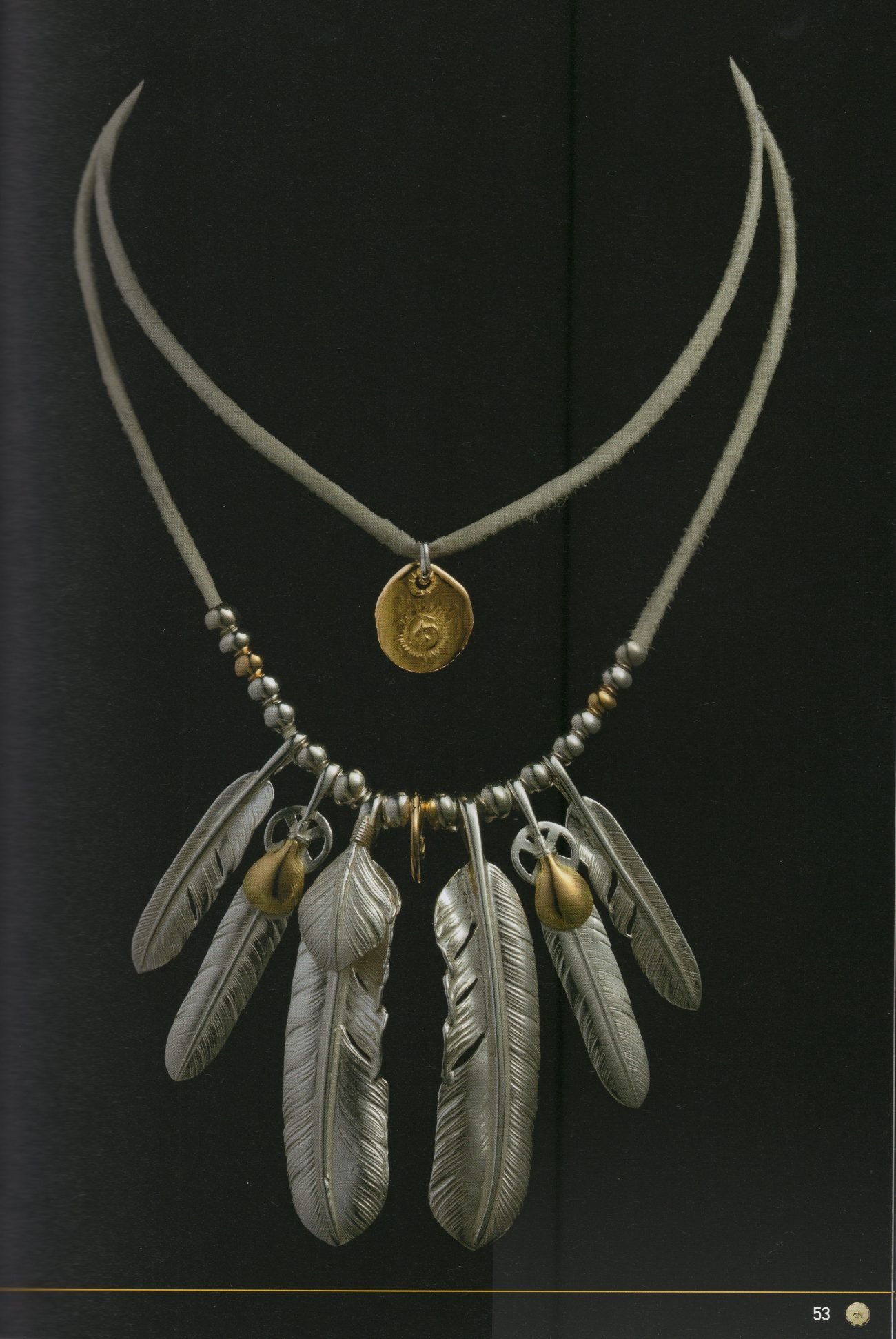
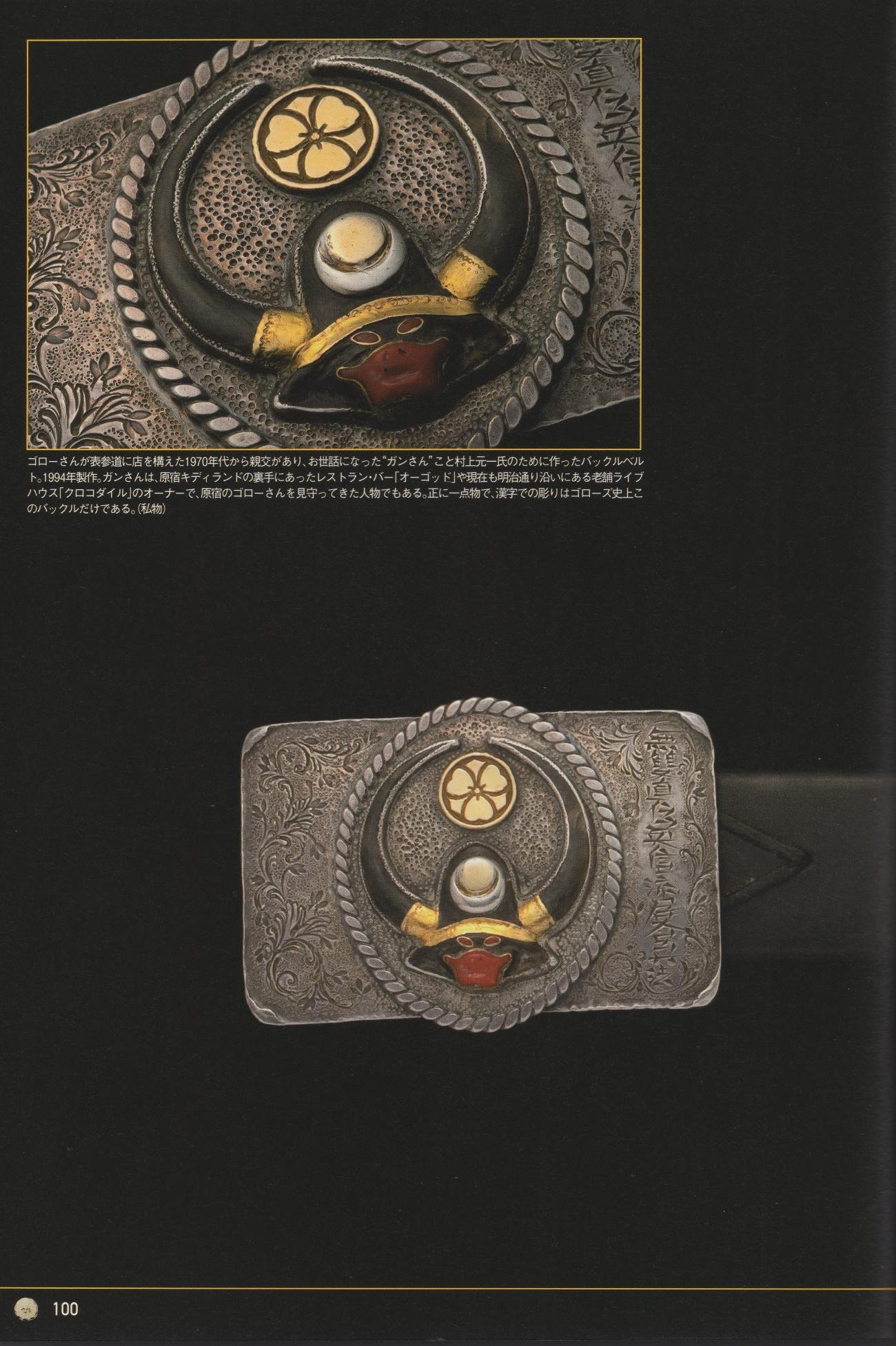
goro’s as a Cult
By the 1980s and 90s, Goro’s creations had reached cult status, fueled by the Amekaji (American casual) boom and Japan’s growing fascination with Western subcultures. His jewelry became talismans of identity, while magazines like Popeye and MEN’S CLUB, along with cultural icons like Takuya Kimura and Hiroshi Fujiwara, embedded goro’s into the very fabric of Harajuku fashion.
Internationally, legends like Eric Clapton, John Mayer, and The Rolling Stones’ Ronnie Wood joined the ranks of goro’s devotees. Clapton famously commissioned a custom leather guitar strap from Goro himself, an artifact now as storied as its owner.
Yet, Goro never chased fame. He remained a perfectionist and a wanderer, splitting his time between Tokyo and the Lakota community that had adopted him. He rode motorcycles across the United States – his beloved 1937 Indian Chief carrying him on solitary pilgrimages to South Dakota. Even his white Kishu dog, Snow, became a local legend, known for roaming the streets of Harajuku alongside its free-spirited master.
From ‘Legend of Harajuku Goros, Volume 1’, scanned by ARCHIVE.pdf│© Kin Koyama
The goro’s Experience
The line begins before the sun rises. For the uninitiated, it looks absurd: dozens of people, some locals, some pilgrims from halfway across the world, waiting for hours outside an unmarked Harajuku building. There are no signs, no promises. There is only the chance to leave with a piece of goro’s.
But waiting in line at goro’s feels closer to ritual than retail. The store handles a strict lottery system that will grant you access based on your place of residence, month of birth, and purchase history. You can have a look at the schedule here.
At 10:45, or 11:00 a.m., the shopkeepers appear to begin the daily lottery. Names are called, numbers are assigned, and the line shuffles forward or quietly resigns itself to tomorrow. Those left behind often linger anyway, watching the chosen few ascend the narrow staircase as if they’re walking into something sacred.
Inside the shop, the world softens. The small room feels suspended in time: aged wood and leather, handwritten notes, photographs of Goro Takahashi on his motorcycle, relics from his Lakota family. Eagle pendants, feathered chains, and silver beads hang quietly behind glass like artifacts in a museum.
And then comes the moment that defines the goro’s experience. First-time visitors—no matter their wealth, fame, or intent—are limited in their choice. The shopkeepers, heirs to Goro’s unyielding philosophy, will decide. A chain, a small feather, a medicine wheel—whatever they feel fits you. You can have a preference, but rejection by the staff member that serves you lurks around the corner. It is an intimate, almost unsettling moment: to be assessed by someone who says nothing of what they see but speaks volumes with the piece they hand you.
This, too, is part of the ritual. Goro Takahashi believed silver held a spirit of its own, and not every spirit belongs to every person. The feather, sacred to the Lakota people, could not be bought—it had to be earned, through courage, through connection. Goro carried that belief back to Tokyo, embedding it into his shop.
And for those who return, the rules remain unspoken but firm. Trust must be earned over time. Loyalty matters. Large feathers, golden eagles, and custom pieces are reserved not for the highest bidder but for those who have walked the staircase many times before. The shopkeepers know who you are. They remember what you bought, how you wear it, and what you seek. Some leave with nothing, again and again, until one day they don’t.
For outsiders, it’s easy to dismiss goro’s as an exercise in gatekeeping, an exclusivity for the sake of itself. But for those who have stood in the line, climbed the stairs, and been handed their first feather, it feels like something more: a humbling reminder that value cannot always be bought, that some things—whether feathers, silver, or trust—are sacred.
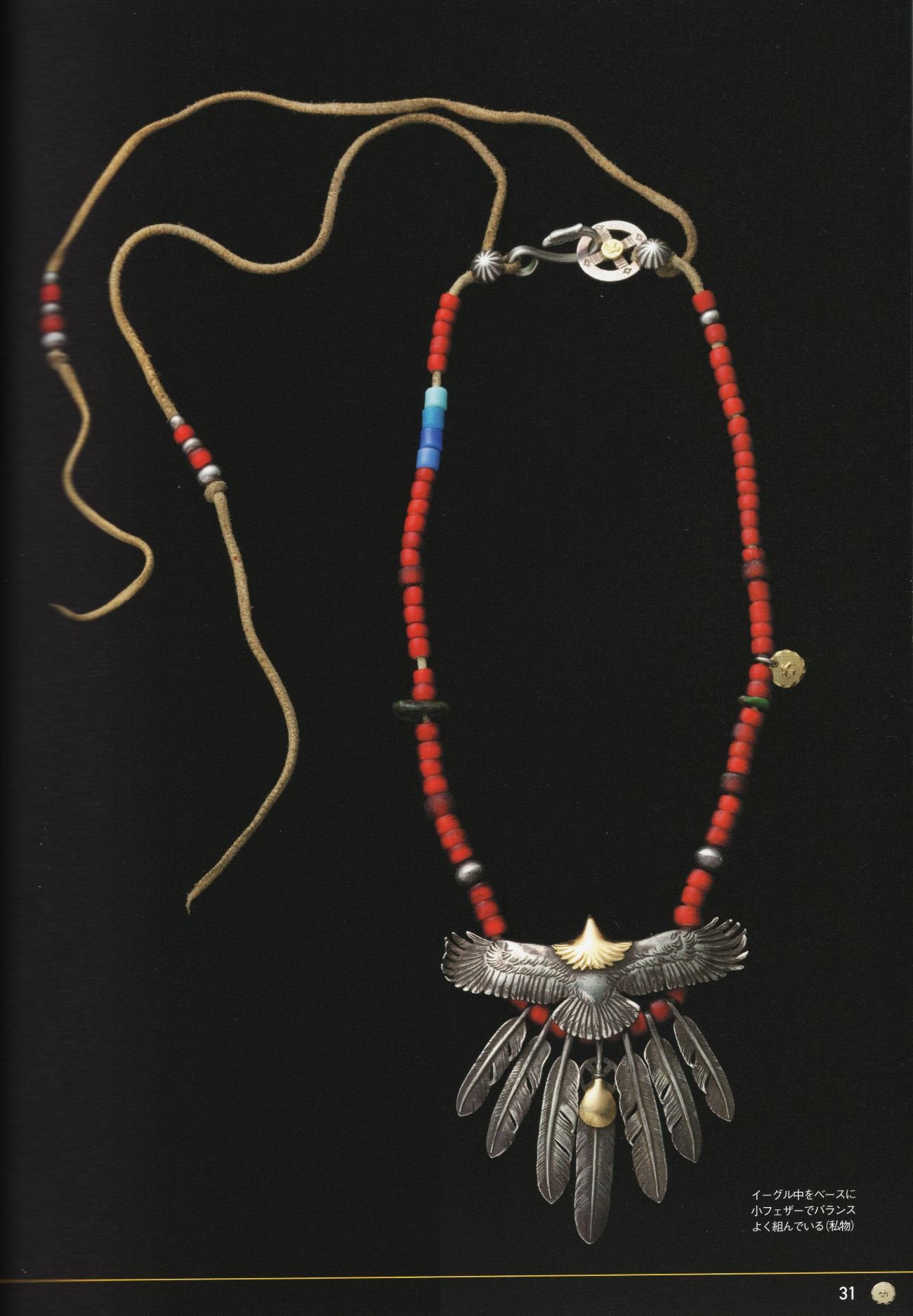
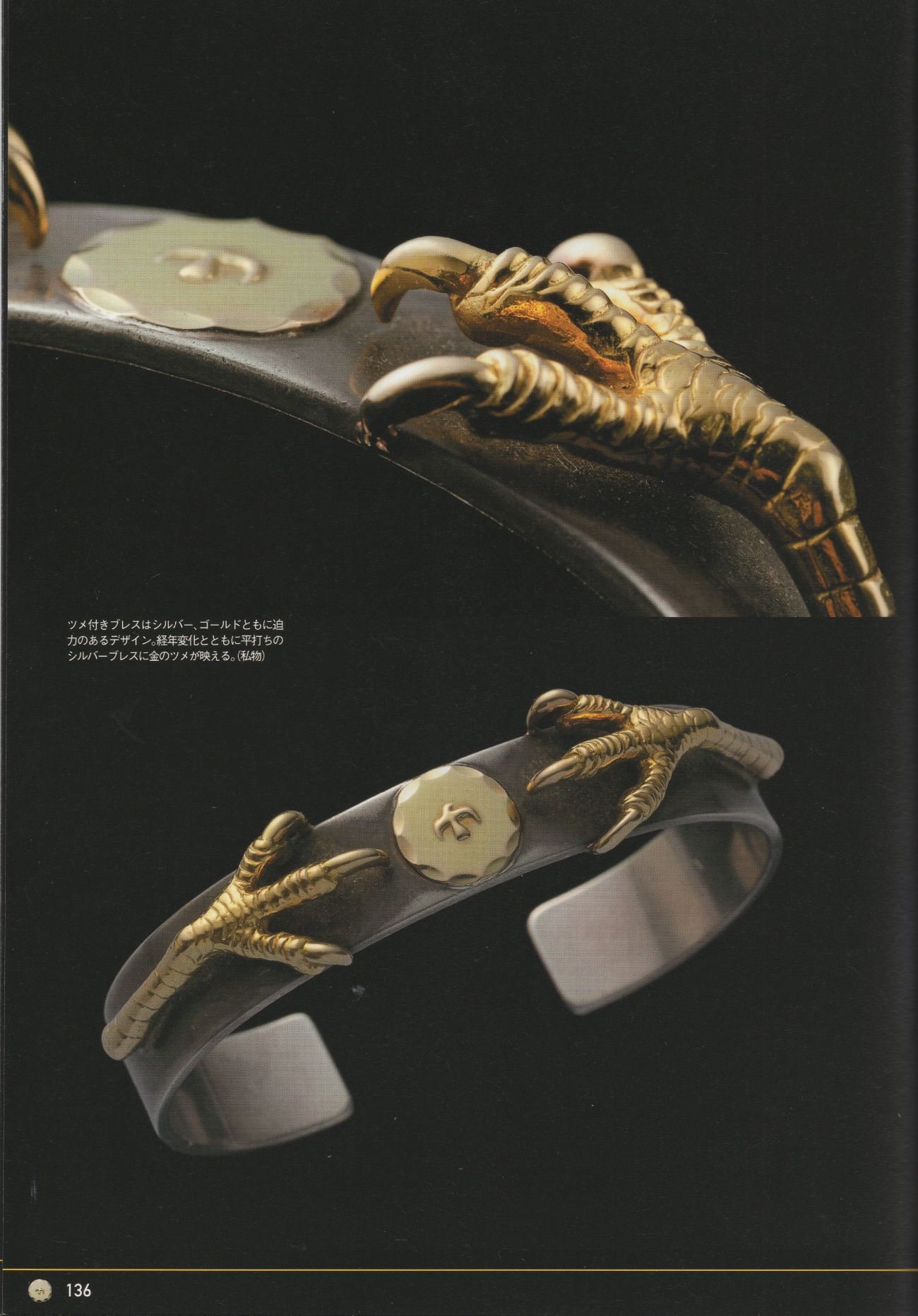
A Timeless Spirit
When he passed away in 2013, Goro left behind a workshop that still feels frozen in time. Today, goro’s remains in the hands of his descendants and trusted staff, who uphold his philosophy with unwavering devotion. The store operates exactly as it did decades ago – limited online presence, no advertisements, and no shortcuts. Customers must earn their place, just as Goro earned his name.
But the allure of goro’s endures not because of its exclusivity but because of its authenticity. Each feather, eagle, and wheel carries the spirit of its maker and the traditions he honored. On the surface, goro’s offers jewelry; at its heart, it builds bridges between cultures—a testament to craftsmanship and a reminder that true artistry lies in purpose, not in perfection.
Goro Takahashi once said, “Starting from the heart, free and bold, do as you like with your life.”
In a world consumed by fast fashion and fleeting trends, Goro’s life stands as a beacon of what is possible when you honor your craft, your journey, and the people who shape it. If you’re lucky enough to hold a piece of goro’s, hold it close. You’re holding a story.
From ‘Legend of Harajuku Goros, Volume 1’, scanned by ARCHIVE.pdf






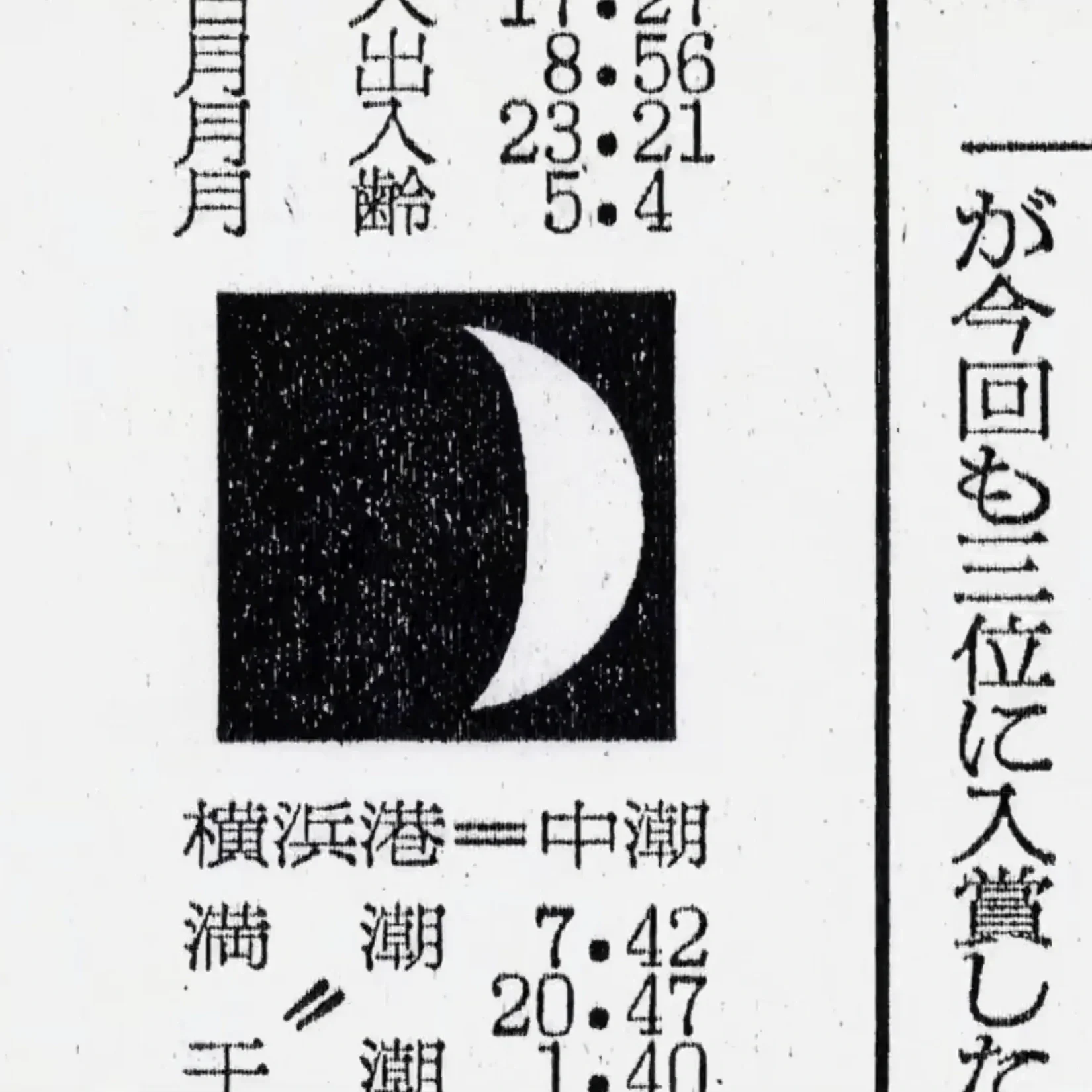
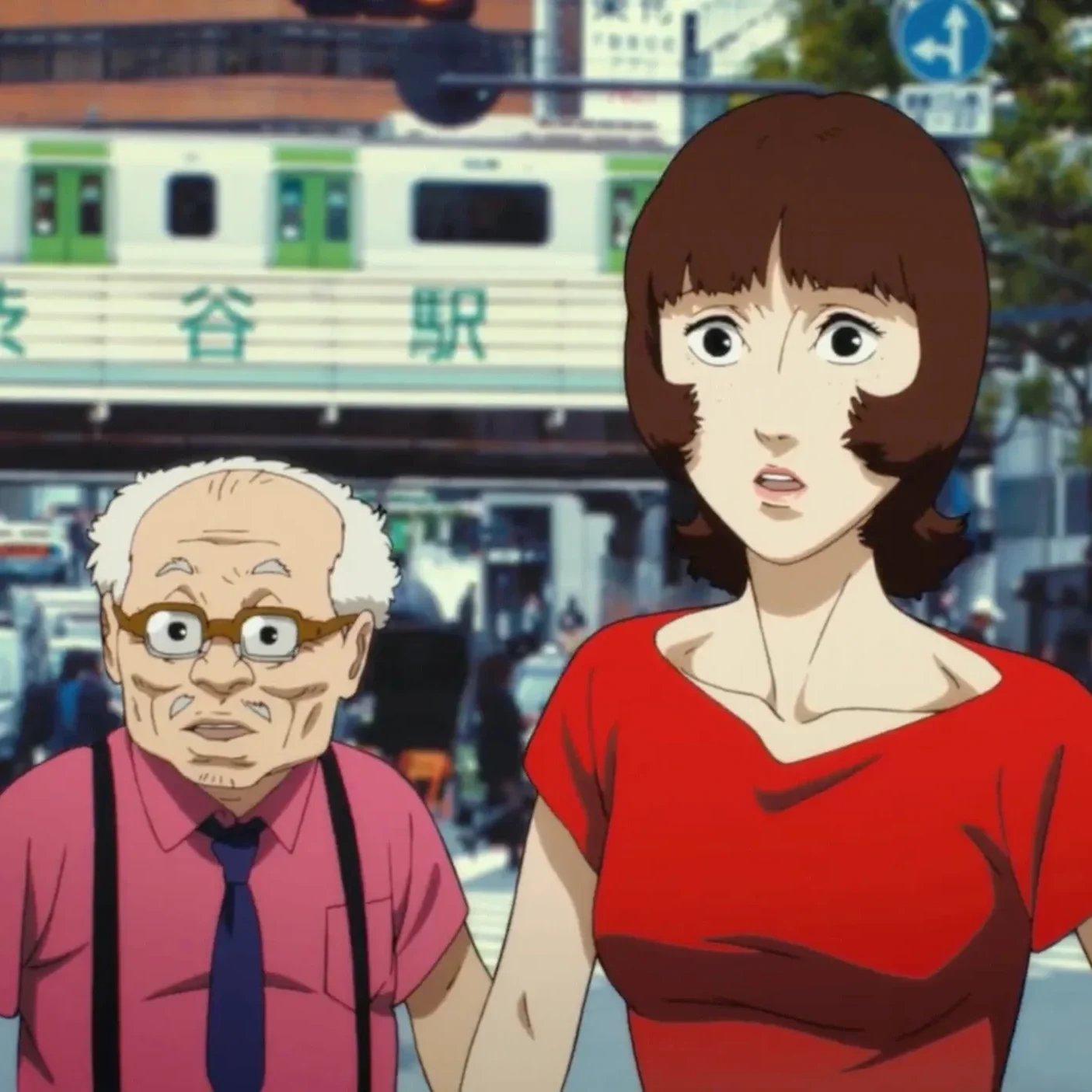
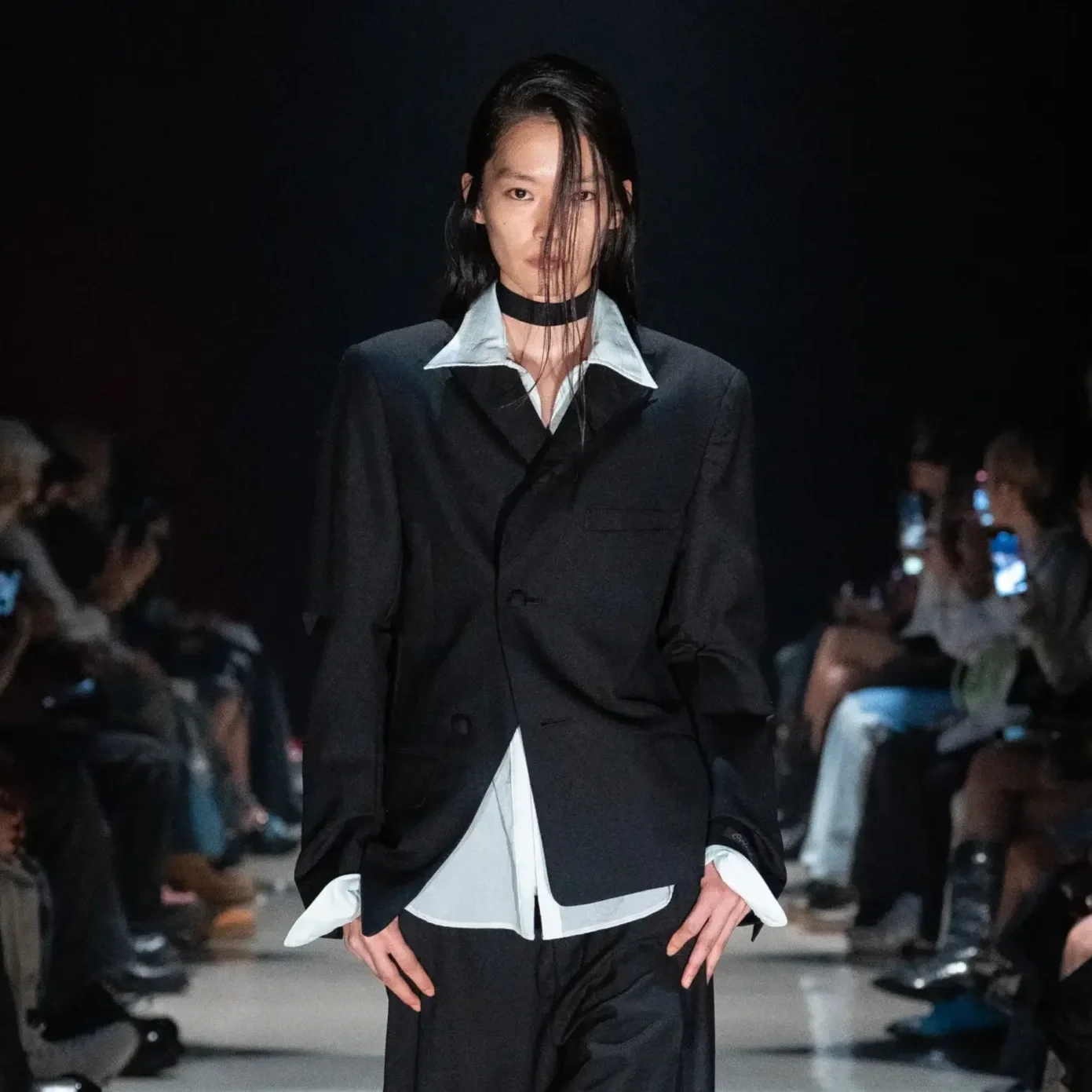

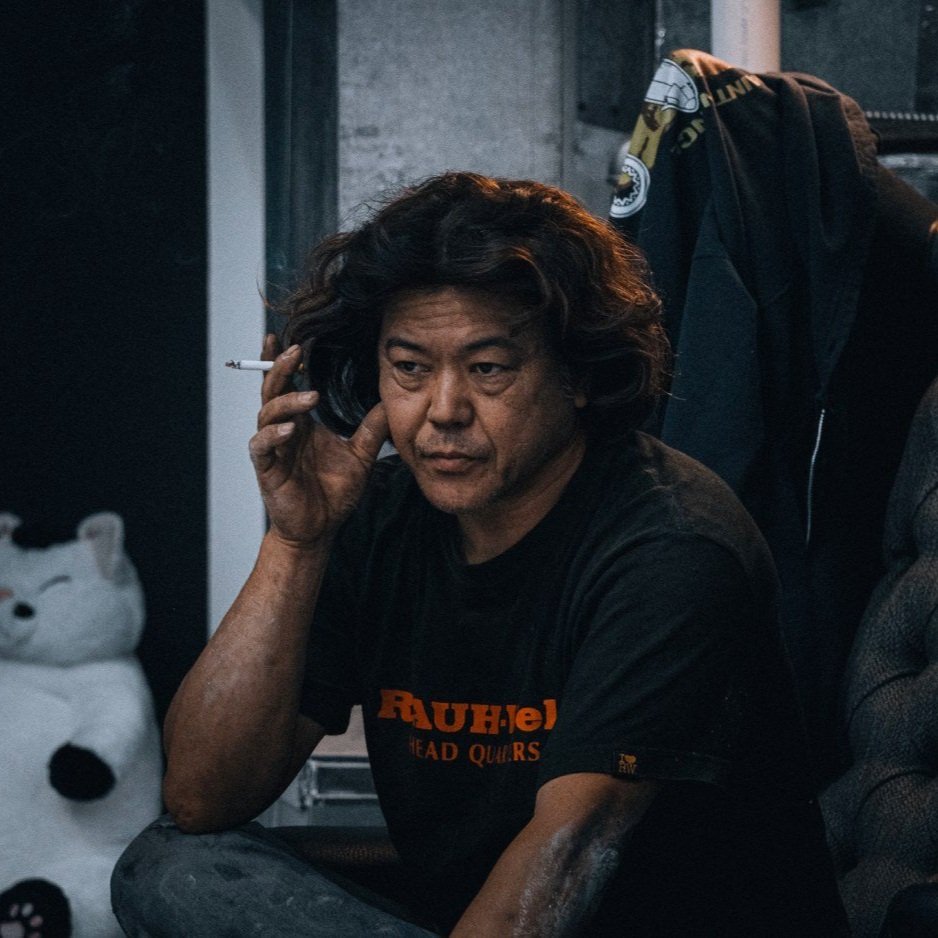
Inside the legacy of one of anime’s most iconic studios.